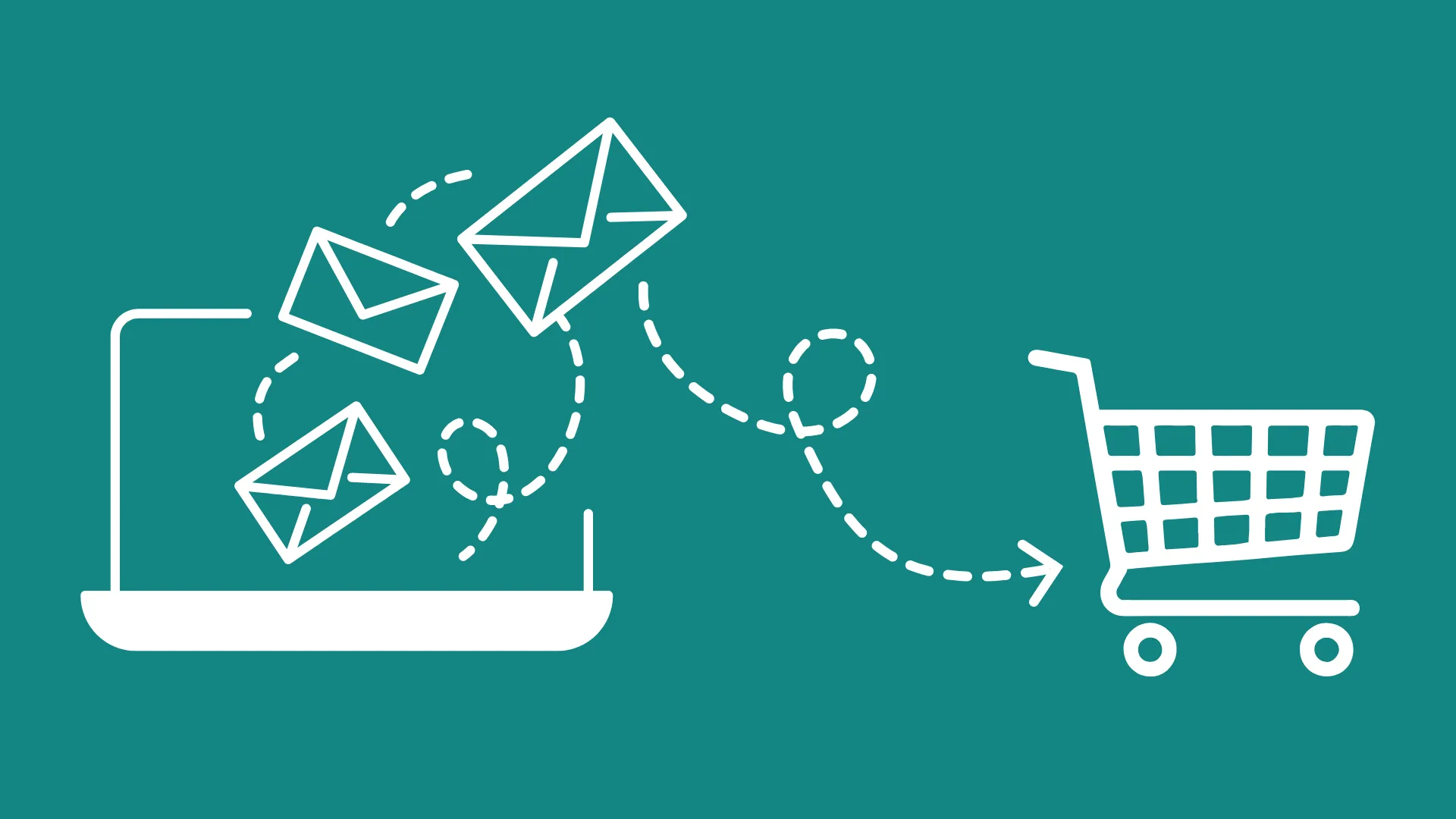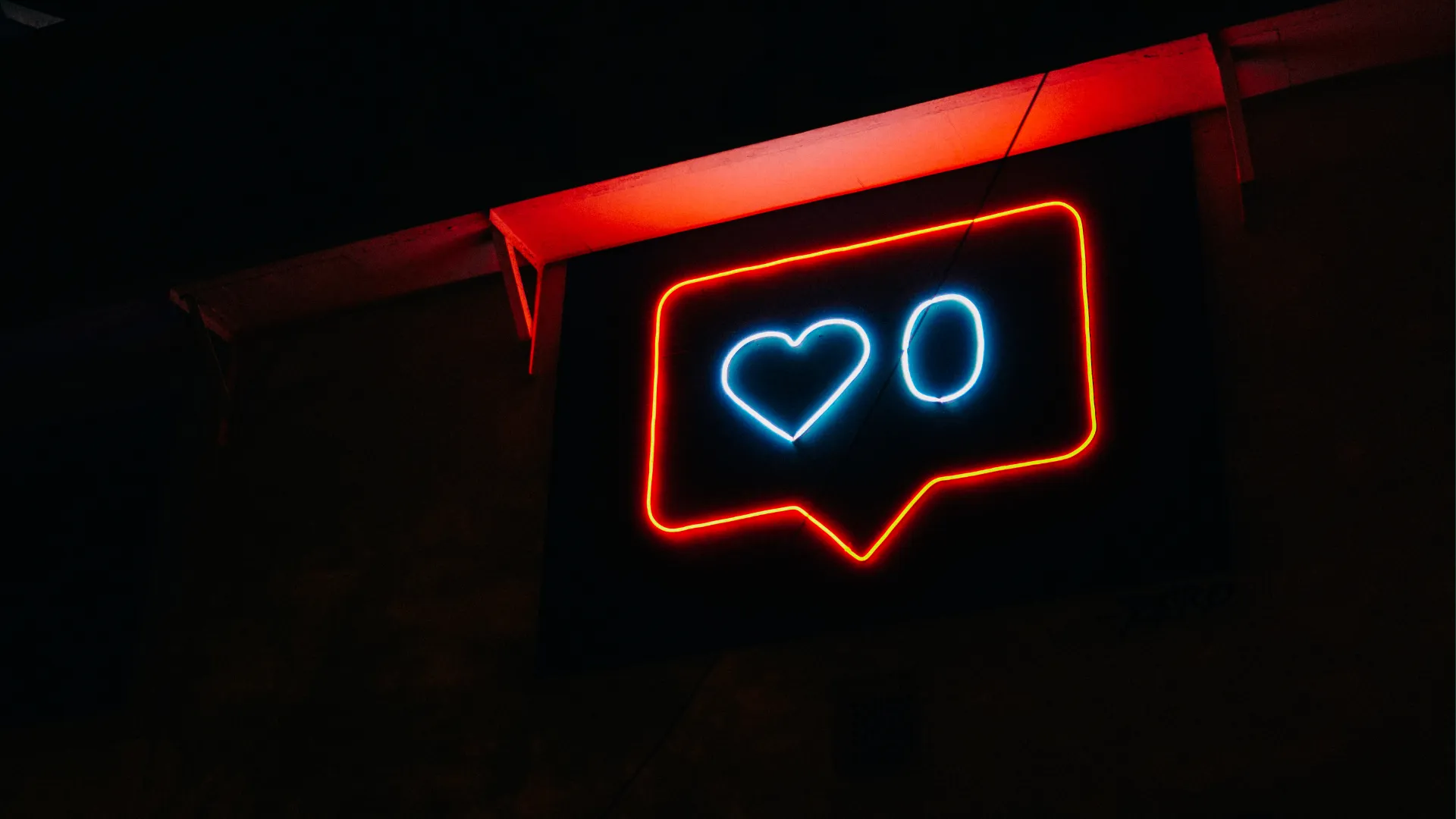Did you know that after approximately 4 exposures to your ad, your conversions can drop by almost half? As Meta increasingly emphasises broad targeting, the effectiveness of your creatives is more critical than ever. To prevent creative fatigue and maintain optimal campaign performance, it’s essential to diversify your creative assets.
What is ‘Creative Fatigue’?
Creative fatigue is the effect that occurs when users see the same ad creative repeatedly. This not only undermines your campaign objectives but also results in diminished effectiveness – essentially, you’re spending more money for fewer conversions.

High repetition of your ad can also cause ‘ad blindness’ or ‘banner blindness’, where users tune out of your creative altogether.
The good news is that creative fatigue can be avoided by regularly digging into your campaign analytics. The key metrics you should be looking out for are:
- Ad frequency: Most advertising platforms will tell you how often, on average, a user sees your ad. An ad frequency of 5 or above might indicate a creative fatigue problem. It’s important to highlight that frequency should be observed at the AD level, not at CAMPAIGN or AD SET level. Creative fatigue happens at the creative level (your Ad level).
- Cost Per Click (CPC): Noticing an increase in your CPC? This could be a result of creative fatigue.
- Click-Through-Rate (CTR): If you’ve spotted a decline in your CTR, creative fatigue might be a factor.
How to prevent creative fatigue
Creative fatigue can be avoided or overcome with these 5 proven methods.
1. Diversify your visuals
Your creative is the first thing your audience sees, making it the most critical part of your ad. You can update the text copy of your ad as often as you’d like, but the visuals are what matter most.
This doesn’t mean you need to go out there and produce brand new visuals. It could be as simple as adjusting the colours. You may even find different customers respond differently to colours. For example, males may be more drawn to blues and greens, while females may resonate more with pinks and purples.
2. Leverage different ad formats
If you’re running multiple single-image ads, you can combine them into a carousel, or create a slideshow video from your images ads. You’re still using the same creatives, but to the end-user it looks like a different ad. You’re also capturing them in different ways, eg. Reels and Story placements.
3. Adjust your targeting
If your current audience is fatigued by your ads, then why not engage a new one? Consider targeting:
- New audiences in a different segment or niche
- Lookalike audiences
- Past website visitors
4. Use multiple channels
If you’ve tried all of the above and your ad frequency still remains high, you may need to scale back your budget. If you have a small audience pool and a grand budget, the platform will try and do all that it can to spend the allocated budget, even if it means serving the ad to the same person over and over.
This is very common with remarketing audiences.
5. Create fresh content
Easier said than done, but if you have the capacity to generate fresh creatives, it will help breathe new life into your campaign. It could be a new artwork template or fresh photography as long as it is fresh and appealing.
A well-balanced social media advertising strategy can minimise – and even eliminate – ad fatigue. Ready to launch your next campaign? Find out how Aston Digital can help.

Once upon a time, Black Friday was a single weekend event that followed Thanksgiving in the U.S. It's basically their version of Boxing Day sales but with [...]

People are opening your emails. They’re clicking your links. But… they still haven’t converted. You're first reaction is probably, "My emails aren't working." But that's not actually [...]

We’ve entered a new era of marketing - one where your content is no longer just read by people. It’s interpreted by AI. From Google’s Search Generative [...]

For months, we’ve all been wondering what the future holds for Google Ads with AI Overviews and the new AI Mode changing the way people interact with [...]

It’s not your imagination - social media feels a little quieter these days. Posts that once racked up likes, comments and shares are now met with a [...]

Something has shifted online this year, and if you work in marketing, you’ve felt it. Feeds feel noisier, yet somehow emptier. Search results loop endlessly. Trends peak [...]

Engaging with your audience may be more powerful than most social media teams realise. A new data study from Buffer has revealed that responding to comments on social [...]

Once upon a time, Black Friday was a single weekend event that followed Thanksgiving in the U.S. It's basically their version of Boxing Day sales but with [...]

People are opening your emails. They’re clicking your links. But… they still haven’t converted. You're first reaction is probably, "My emails aren't working." But that's not actually [...]

We’ve entered a new era of marketing - one where your content is no longer just read by people. It’s interpreted by AI. From Google’s Search Generative [...]

For months, we’ve all been wondering what the future holds for Google Ads with AI Overviews and the new AI Mode changing the way people interact with [...]

It’s not your imagination - social media feels a little quieter these days. Posts that once racked up likes, comments and shares are now met with a [...]

Congratulations. You’ve already beaten the odds. On average, 8 out of 10 people will read the headline of a piece of content - but only 2 out [...]

AI tools like ChatGPT, Google Gemini and Perplexity are quickly becoming part of how people discover websites. Instead of searching Google directly, users are asking AI tools [...]

We often hear that attention spans are decreasing, particularly among Gen Z. Social media platforms like TikTok and Instagram are often blamed, with headlines suggesting that endless [...]

